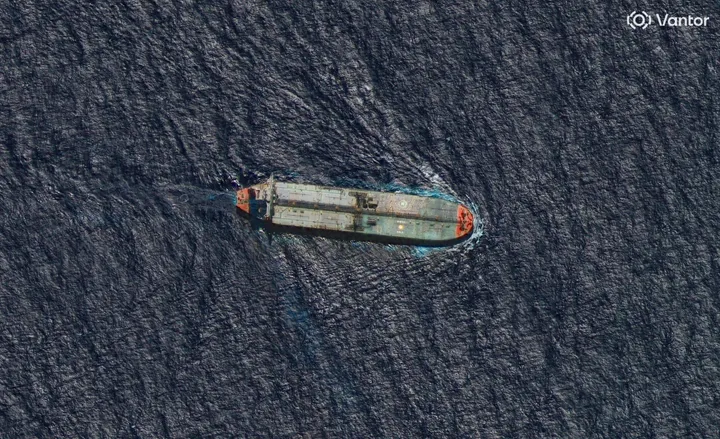A group of scientists working to save corals worldwide have applied Modern Portfolio Theory (MPT), a Nobel-prize winning mathematical framework “developed by the economist Harry Markowitz in the 1950s to help risk-averse investors maximise returns,” according to the Guardian.
In a study published in Conservation Letters, a journal of the Society for Conservation Biology, researchers at Australia’s University of Queensland write “Although many factors are implicated, climate change has emerged as a dominant and rapidly growing threat [to coral reefs],” adding that “Developing a long-term strategic plan for the conservation of coral reefs is urgently needed yet is complicated by significant uncertainty associated with climate change impacts on coral reef ecosystems.”
They go on to say that they have taken Markowitz’s theory and applied it to coral reefs worldwide, to “identify coral reef locations globally that, in the absence of other impacts, are likely to have a heightened chance of surviving projected climate changes relative to other reefs.”
The researchers also say that the locations targeted for conservation constitute “important opportunities for novel conservation investments to secure less vulnerable yet well-connected coral reefs that may, in turn, help to repopulate degraded areas in the event that the climate has stabilized.”
Speaking to the Guardian, Prof Ove Hoegh-Guldberg, a climate scientist at the University of Queensland, who helped lead the “50 reefs” project, says: “It’s essentially a strategy to help us make decisions about what to protect, if we are to have corals at the end of the century.”
“It is our best shot at having a long-term future for coral reefs,” he says.
According to a recent report by the Global Coral Reef Monitoring Network (GCRMN), “Large scale coral bleaching events are the greatest disturbance to the world’s coral reefs.” The report also notes that “The 1998 [mass bleaching] event alone killed 8% of the world’s coral,” with “Subsequent disturbance events, occurring between 2009 and 2018, kill[ing] 14% of the world’s coral.”
GCRMN also notes that “There was 20% more algae on the world’s coral reefs in 2019 than in 2010. Increases in the amount of algae, a globally recognised indicator of stress on coral reefs, were associated with declines in the amount of hard coral.”
GCRMN says that declines in global coral cover were tied to increasing sea surface temperatures, yet some corals were able to survive and recover: “Increases in global average coral cover between 2002 and 2009, and in 2019, suggest that many of the world’s coral reefs remain resilient and can recover if conditions permit.”
Recommending continuous data collection from the field, GCRMN says “Reducing local pressures on coral reefs in order to maintain their resilience will be critical while global threats posed by climate change are addressed.”
The Coral Reef Alliance especially highlights the loss of 14 percent of the world’s coral in a decade, and “according to Dr. Madhavi Colton, CORAL’s Executive Director, this is likely a conservative measurement. “It’s the equivalent of losing the entire Great Barrier Reef in 10 years,” she says.”
The Guardian paints a dark picture too, noting that even if global warming were limited to 1.5 degrees Celsius, “Coral reefs would decline by 70-90 percent … whereas virtually all (> 99 percent) would be lost with 2°C.”
“Modern portfolio theory is a framework that aims to reduce risk while maximising returns,” Hoegh-Guldberg tells the Guardian. “It’s treating conservation sort of as an investment opportunity.”
Scientists decided to use the Modern Portfolio Theory after a meeting at the Hawai’i Institute of Marine Biology in 2017 to pick a “balanced” portfolio of coral reefs.
“You’ve got hundreds of these reefs across the planet,” says Hoegh-Guldberg. “Which one do you pick, so that you concentrate your efforts on it?”
Dr Hawthorne Beyer, a fellow at the University of Queensland researching the use of quantitative modelling in managing environmental systems, tells the Guardian: “Talk to people in the business world and they get it immediately. It’s a very logical idea and makes a lot of sense. Ours was the first to apply it on a global scale.”
Dividing the world’s coral reefs into “bioclimatic units” (BCU) of 500 sq km (190 sq miles), the researchers then assessed the BCUs with 174 metrics, in five categories. Then they applied MPT, the Guardian writes, “to quantify threats and identify the reefs offering the best options for conservation, while allowing for the uncertainty over future risks from climate change.”
“You don’t want to put all your eggs in one basket, or bet on one measure of risk, when we have massive uncertainty about what the risks will be,” Beyer says.
























